Affiliate links on Android Authority may earn us a commission. Learn more.
ROKit launches 3D phone in US with 'life services' bundled into cost
Published onMarch 20, 2019
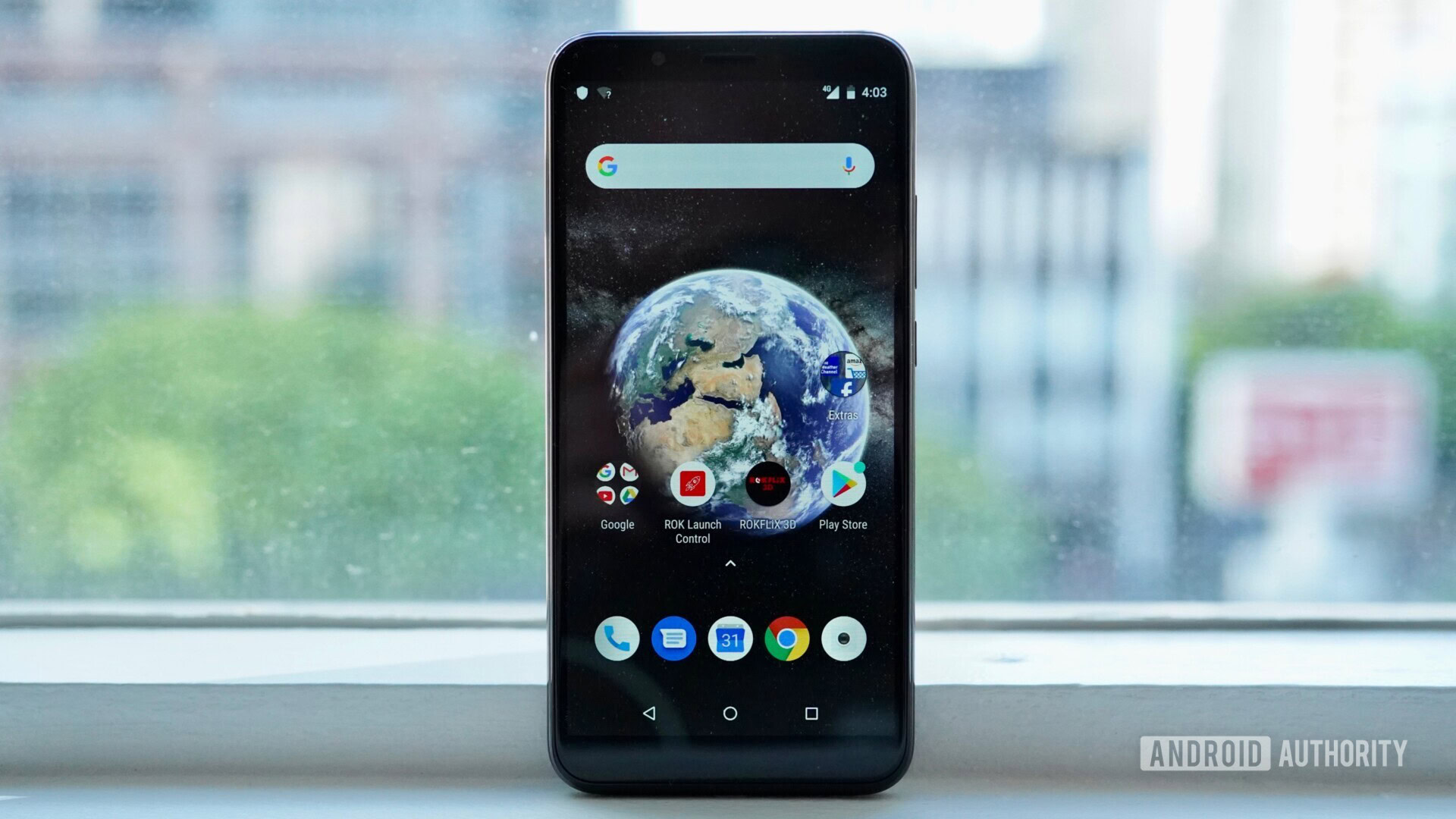
ROKit today officially made its phones available for sale in the U.S. The range of inexpensive devices, first announced in 2018 and later revealed at CES in January, are what ROKit calls “people first.” The company sells all five of them for less than $300 in order to appeal to those who may have limited resources and lack access to basic health and entertainment services.
The phones are available unlocked online to consumers through ROKit’s website and Walmart.com. They will reach Walmart retail stores later this year. What’s most important is that the price of the phone includes a full year of ROKit’s core services.
ROKit launches anew
ROK is now in its third iteration as a brand. The company originally debuted as a music-focused MVNO. It later pivoted to a services brand before closing up shop for a while. Entrepreneurs John Paul DeJoria (known for founding Patron) and Jonathan Kendrick, who have been funding ROK for the better part of 13 years, have decided to carry on with a new focus.
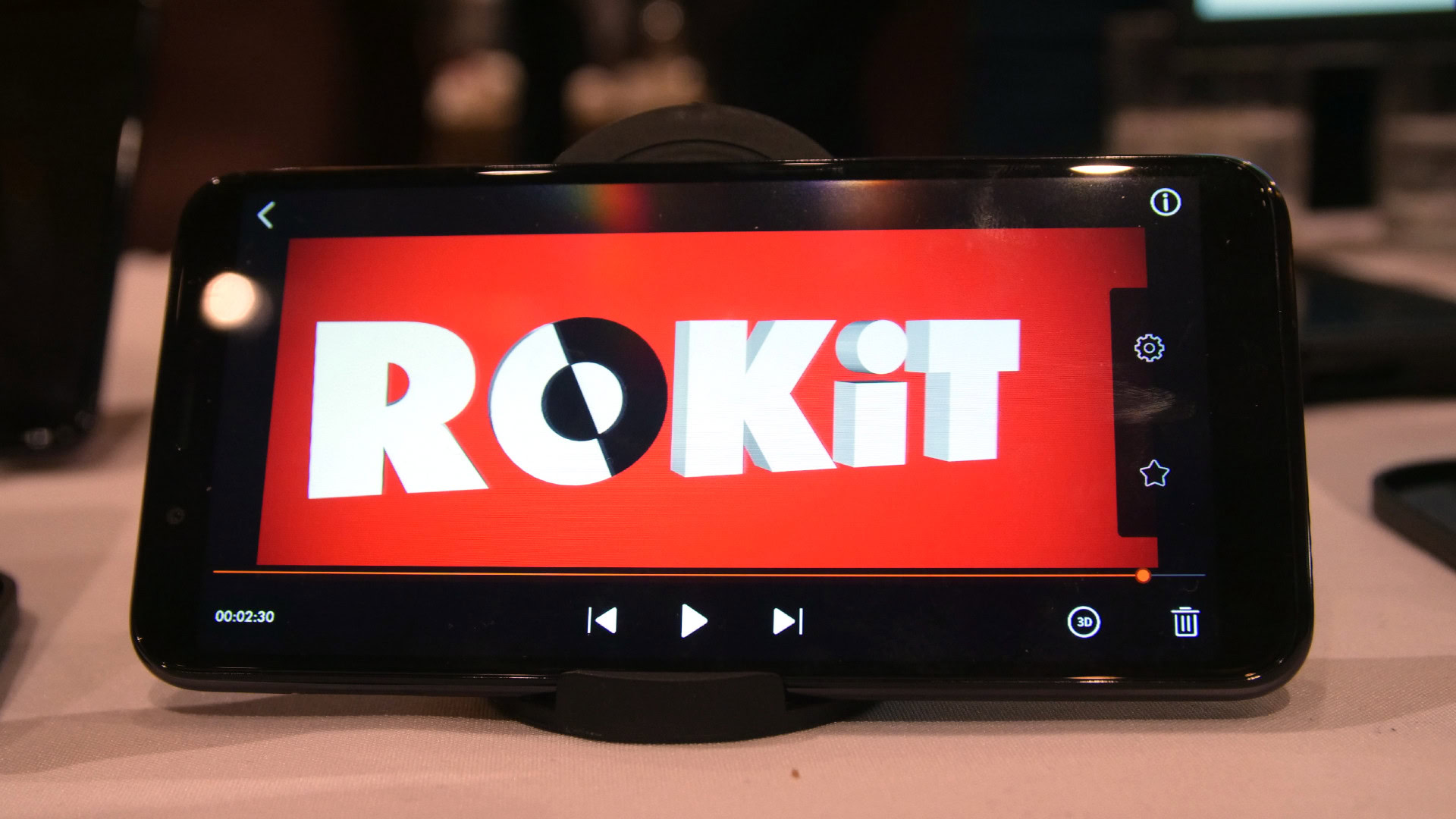
ROKit’s phones are decidedly not about the hardware. The phones are dead simple, and definitely not for power users. We’ll get to them down below. The company is all about its service offerings and bundles, which DeJoria and Kendrick claim are patented. They now believe they’ve found the right mix of services and priced them in a way that makes sense for most people.
ROK Health is the basic service plan that comes with the phone. It offers 24/7 access to a doctor via MeMD for the entire family, and up to 75 percent off select prescriptions via Pharmacy Savings. We’ve seen this type of service before from the likes of Jitterbug (which, by the way, is not a smashing success story). The services are bundled into the cost of the ROKit phone itself, as is a year of unlimited Wi-Fi calling. This is a fairly low-level set of services meant to whet the appetite. Clearly ROK wants you to upgrade.
ROK Life adds ID theft protection (up to $1 million), accidental death insurance ($100,000), burial and cremation service (up to $20,000), and family legal service for $15 per month. Ka-ching for ROK.
ROK Drive offers roadside assistance for help with flats or jumps. The roadside assistance is limited to three events and capped at a total reimbursement of just $100. This service costs $3 per month. For just a bit more scratch you can get a year of AAA service, which is far more robust.
ROK Media includes video, music, and gaming services. It costs $4 per month.
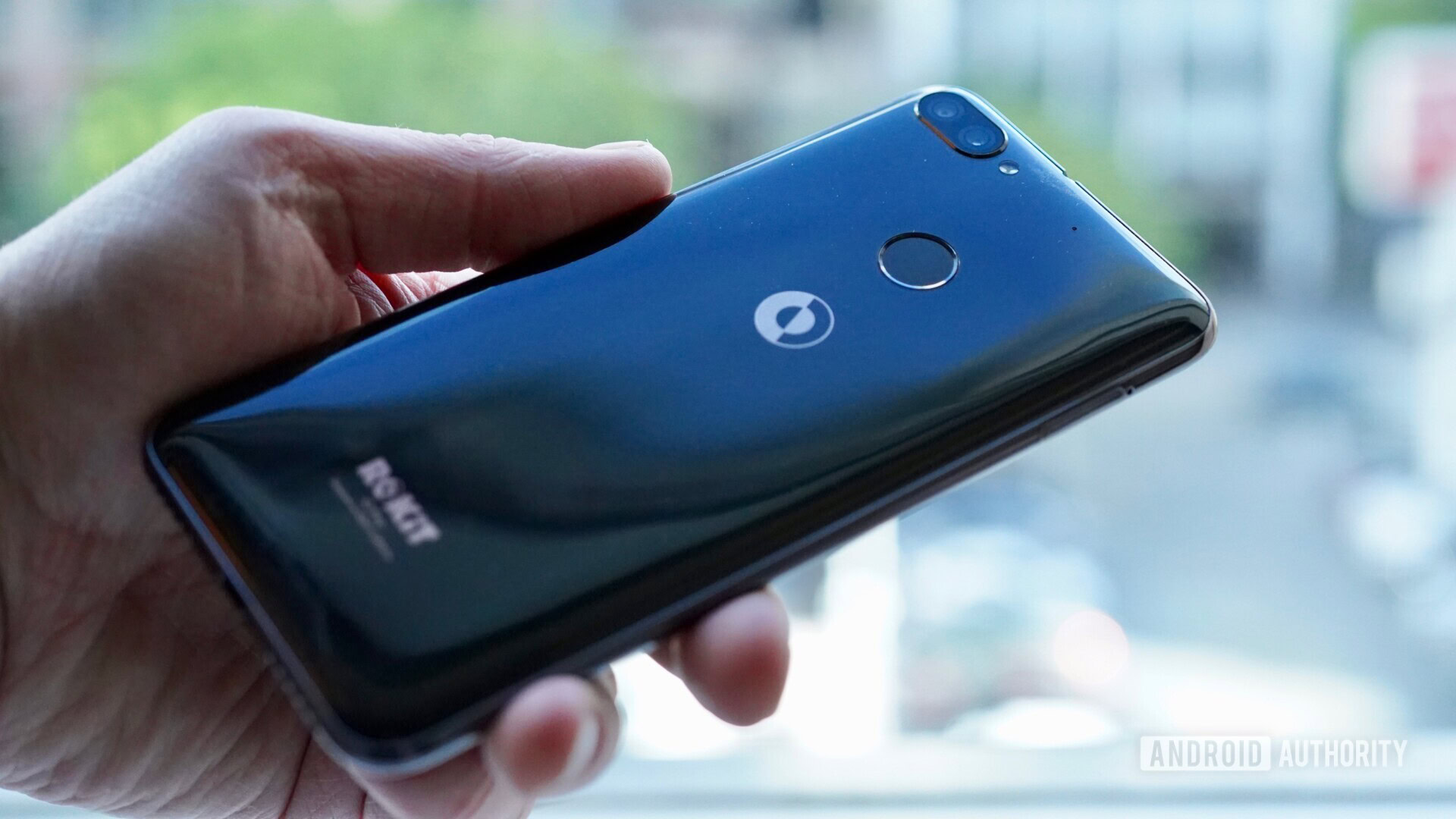
ROK’s Kendrick says the brand “prioritizes making a difference in the world over merely selling a product.” That’s why these services are available and cover the entire family, not just the owner of the phone. Even adult children living in the home (up to age 26) are covered. I have to respect that.
DeJoria mentioned during ROKit’s event in Los Angeles that he’s a veteran and served in the U.S. Navy during the Vietnam War. He sees the services bundled into his ROKit phones as an ideal tool for assisting vets who need it. He even handed out free ROKit phones to homeless veterans in Los Angeles earlier this month. There’s no question he’s putting his money where his mouth is, and that’s admirable. However…
ROK does not have a solid history. Its first and second ventures failed. It’s hard to assess whether ROK will even be around for the full free year of access to these services it says it will offer.
More to the point, U.S. consumers don’t appear to be clamoring for these types of services, which makes me question just how much demand there is.
Return of 3D
The five phones include the ROKit One, a standard bar phone, and the ROKit F-One, a flip phone. Both of these includes cameras and basic apps such as WhatsApp and Facebook for $35 and $40, respectively.
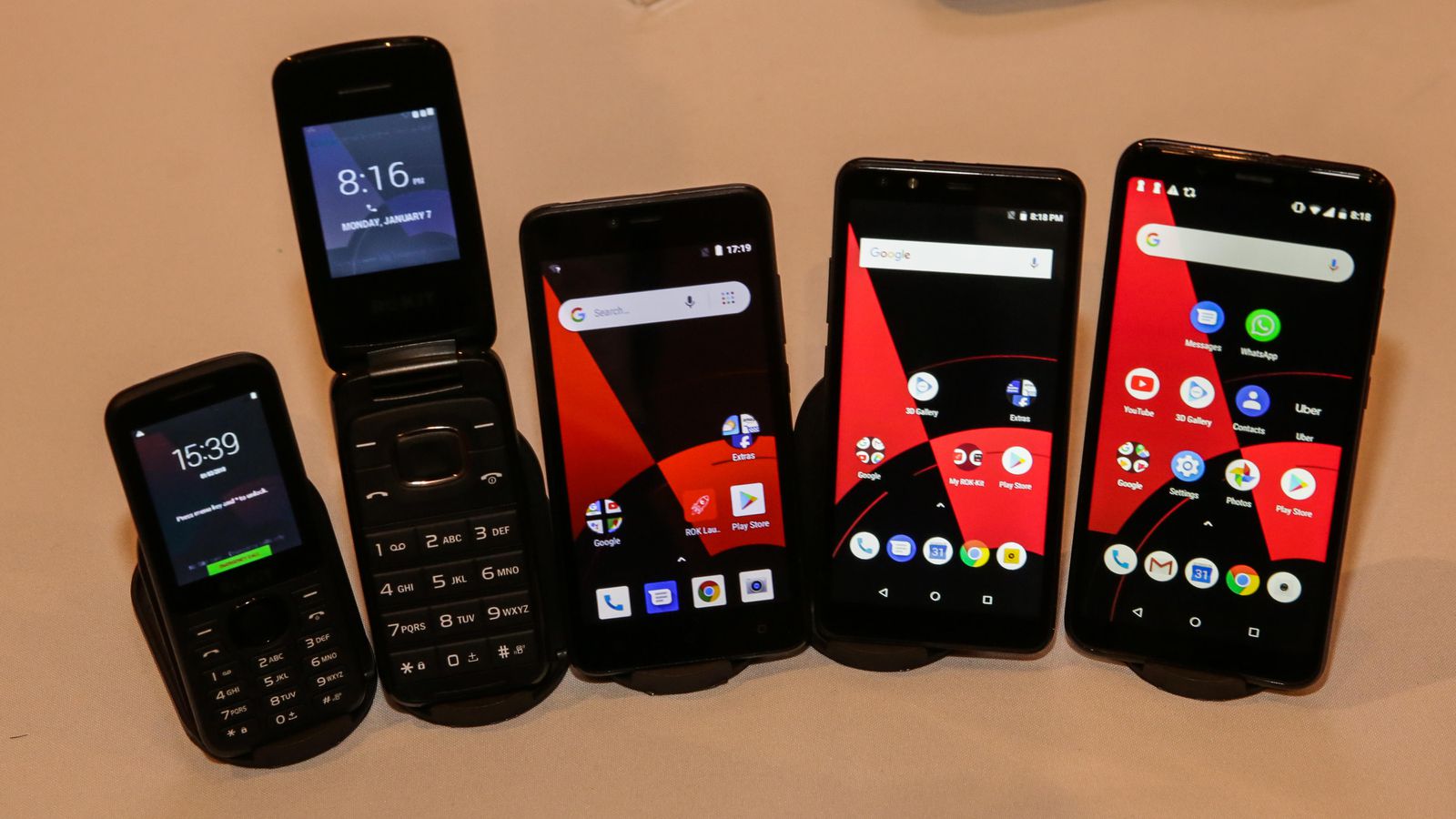
The ROKit IO Light is a $90 Android phone with a 5-inch screen, 8GB of storage, 1GB of memory, 3G with dual SIM support, a 5MP rear camera and a 2MP front camera. It is limited to 3G networks. Rule Number One for modern smartphones: Don’t buy an outdated 3G device. Skip this one.
The ROKit IO 3D and IO Pro 3D are more feature-rich devices with 3D screens for $200 and $300, respectively. Both support microSD cards and include fingerprint readers. They run Android 8.1 Oreo and can access LTE networks, such as those run by AT&T and T-Mobile. Oh yeah, actual phone service is up to the owner to sort out. That means you’d be paying for the ROKit add-ons in addition to wireless service.
The IO 3D has a 5.45-inch HD+ screen with glasses-free 3D in an 18:9 aspect ratio. It includes a quad-core processor with 16GB of storage and 2GB of memory. An 8MP camera adorns the rear while a 2MP camera graces the front. It has a 2,500mAh battery.
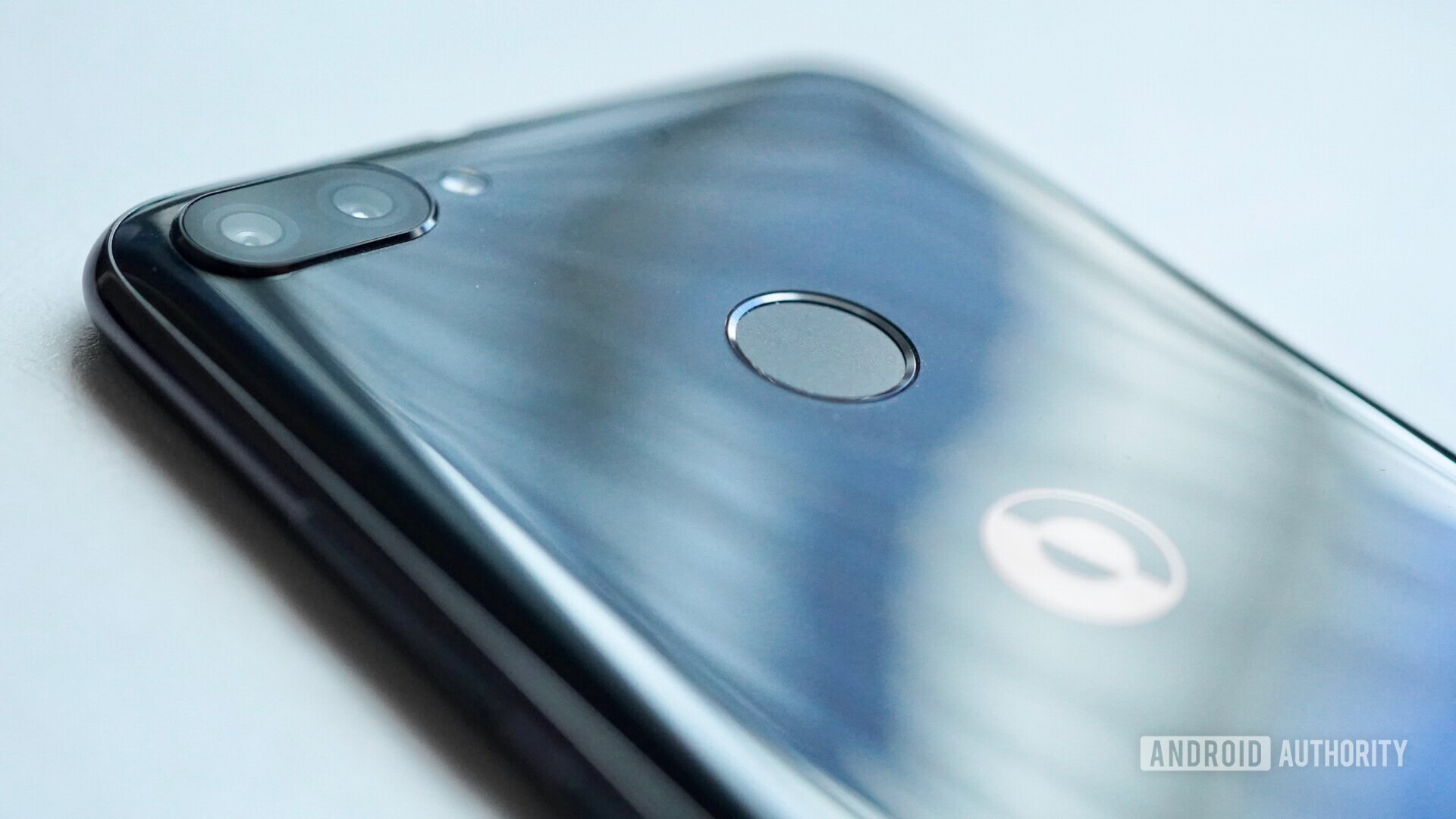
The IO Pro 3D steps up to a 5.99-inch screen, octa-core processor, 64GB of storage, 4GB of memory, and a dual 13MP/2MP rear camera configuration with an 8MP front camera. It has a 3,850mAh battery.
The 3D screen itself is not horrible, though it definitely does not compete with the screens on some mid-range phones like the Motorola Moto G7. In order to see the 3D effect, you have to hold the phone just so. I like that glasses aren’t needed, but the 3D is, to my eyes, a novelty at best.
The two 3D-capable phones will have access to 3D content provided through the ROK Media bundle ($4 per month). ROK says it is making its own content, but did not name any major titles or movie studios. This is a major shortcoming. Kendrick insists that the company is talking to major studios and content is on the way. I’m not convinced.
Kendrick explained that the 3D movies created for audiences today are generally left collecting digital dust after the theatrical run is over. (You know, because 3D TVs failed years ago and there’s nowhere to view 3D movies). The process of converting these movies to a format compatible with ROKit’s screen isn’t a technological issue, but it is a licensing one. I’d have a lot more confidence in ROKit if it had launched with even a single major title or, better yet, a studio behind it. Right now, it’s got an animated version of The Bible on deck for ROKit owners. Good times. Did I mention that you have to pay $4 per month to access the 3D content? ROKit wants to monetize that 3D screen.
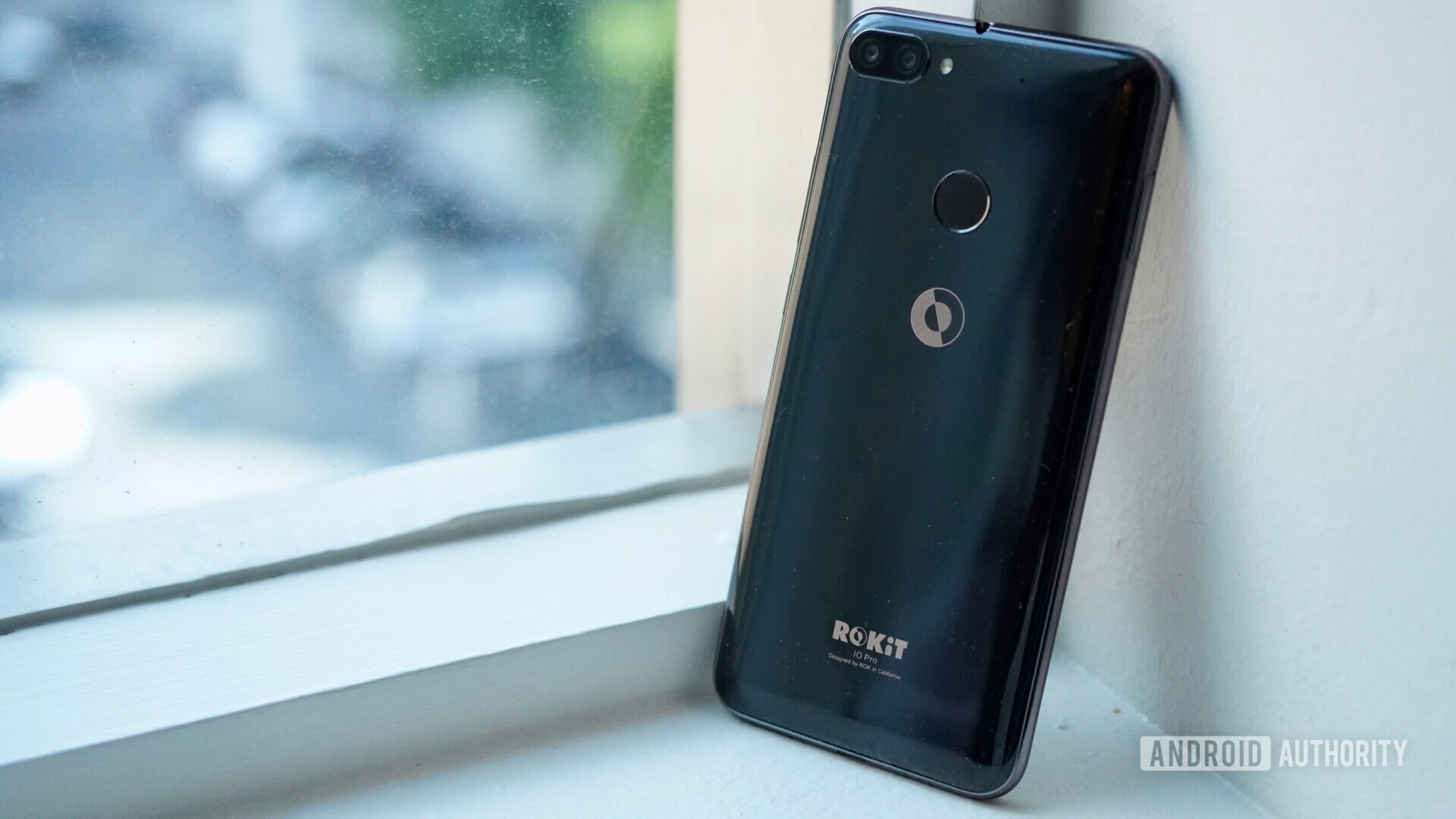
Most phone makers gave up on 3D screens almost a decade ago, with the recent exception of the Red Hydrogen One. It’s hard to assess whether or not this will be a viable feature on the ROKit devices. DeJoria and Kendrick call the 3D “mind-blowing.” My mind was decidedly not blown after I sampled some of the content that’s on the devices. Without content, there’s no point to the 3D screen at all. With ROK’s track record, it’s hard to give it the benefit of the doubt here.
Risky retail strategy
You can buy these phones today. The home screen of Walmart.com actually features the phones with a huge word beneath: unlocked. ROKit is making a huge marketing push with respect to the unlocked nature of the devices. It has convinced Walmart to create a separate section in its retail stores for just unlocked devices. This is where the ROKit phones will be found later this year. My guess is Walmart won’t commit to actual floor space until sales of the phones via its website reach a certain threshold. Will we ever see them in stores?

ROKit’s co-founders have great confidence that the unlocked market is set to explode in the U.S. We’ve heard this story before, and it hasn’t ended well for everyone. Known, trusted brands such as Motorola and Sony are struggling in the unlocked market. I have a hard time believing ROKit can succeed where others have failed to launch.
Affordable phones are an important market category that should not be overlooked. Tacking $3 to $20 in extra fees to the monthly bill upends the math and suggests ROKit isn’t rockin’ it just yet.